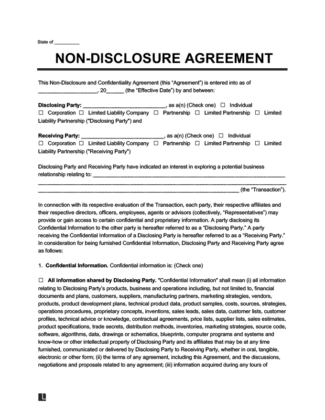

A Non-Disclosure Agreement (NDA), also known as a confidentiality agreement, is a contract between two parties where one shares sensitive information and the other party promises to keep it confidential. Confidential information is often sensitive, technical, commercial, or valuable in nature (e.g., trade secrets or proprietary information).
Both parties sign the Confidentiality Agreement, creating a binding contract to keep the information secret. Be sure you understand how to write an NDA before drafting your own.
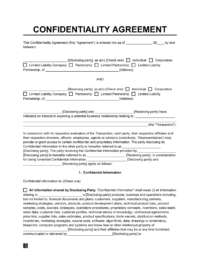
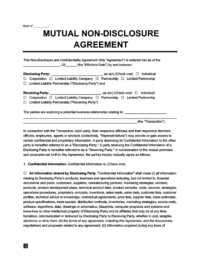
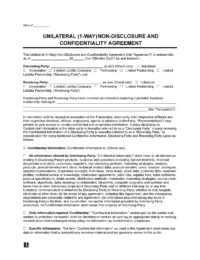
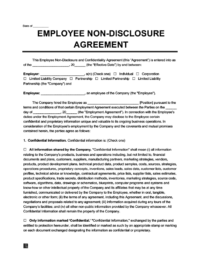
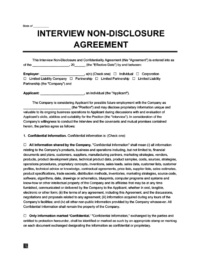

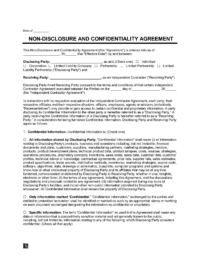
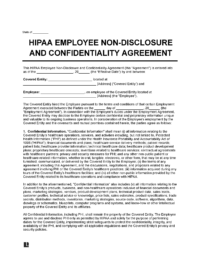
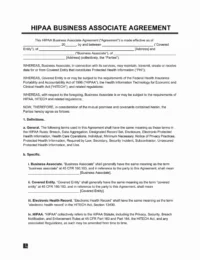
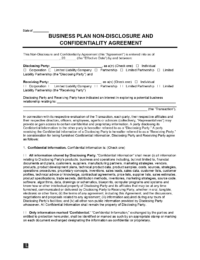
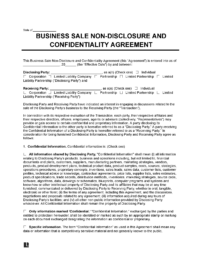
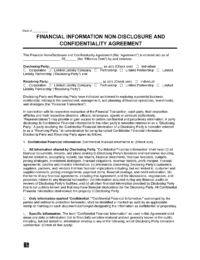
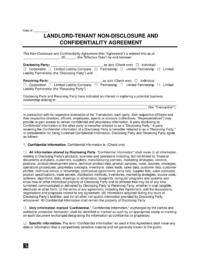
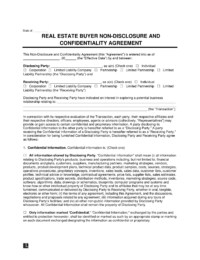
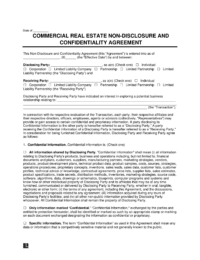
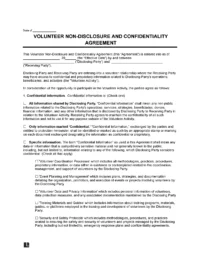
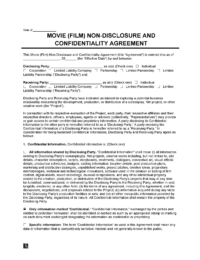

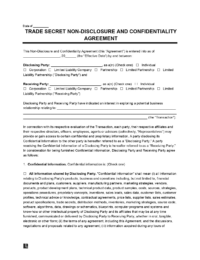
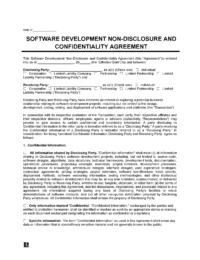
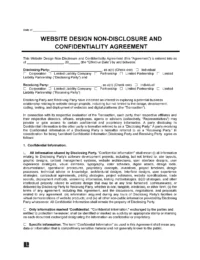
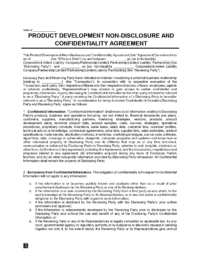
A Non-Disclosure Agreement aims to prevent confidential information from being publicly disclosed or used by any parties you share information with.
A signed NDA sets the legal framework to protect intellectual property and information from being stolen, sold, or shared with third parties, such as business competitors. Such sensitive information may include trade secrets, proprietary data, patent rights, business strategies, client information, and intellectual property.
Situations when a company uses an NDA:
For example, in a business context, imagine a startup tech company, InnoTechHive, developing a groundbreaking software solution. Before entering into discussions with potential investors, InnoTechHive requires them to sign an NDA to safeguard their proprietary algorithms and business strategies.
By signing the NDA, the investors agree not to disclose or use any confidential information shared during the discussions for their own benefit or to the detriment of InnoTechHive. This ensures that the startup can freely discuss any innovative ideas without fear of intellectual property theft, preserving their competitive advantage in the market.
Here is a walkthrough on how to create and fill out an NDA, what are the standard clauses you should include, and what they mean:
Start your NDA by establishing the “Parties” to the agreement. The “Disclosing Party” is the individual or entity sharing information. At the same time, the “Receiving Party” is the individual or entity receiving information.
Confidential information has been shared in a mutual NDA (a bilateral NDA). In this agreement, both parties serve as the Disclosing and Receiving Parties.
For example, two companies, ReviveGen and EliteEner, decide to collaborate on a joint venture to develop a new type of renewable energy technology. Before sharing their respective research and development data, both companies sign a mutual NDA. This agreement ensures that any proprietary information disclosed during the collaboration remains confidential and is not used outside the scope of the joint venture.
Here’s how to start an NDA and establish the Parties to the agreement. Notice that the sample NDA clause also specifies what transaction or relationship the NDA relates to:
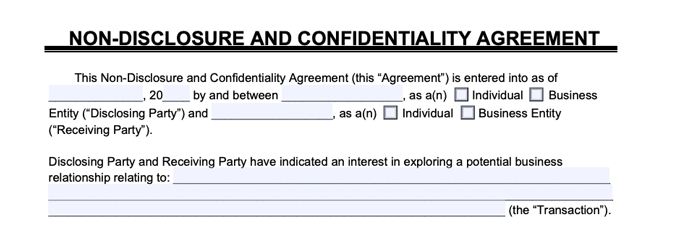
After the Parties have been established, specify what the Non-Disclosure Agreement protects confidential information.
Common examples of NDA-protected confidential information include:
These are only a few examples of the types of information you wish to keep confidential under the protection of your NDA. Your agreement can list as many or as few confidential information as needed. Still, it would help if you were specific about what information the Receiving Party cannot disclose.
Being specific about what your NDA protects information will help it stand up in court in a legal dispute.
An “Exclusions” clause defines what information the NDA does not protect.
Information that a Non-Disclosure Agreement can’t protect includes:
Oral information can be deemed confidential if confirmed in writing within a specific time frame after being disclosed.
Here’s an example of what your Exclusions clause should look like:
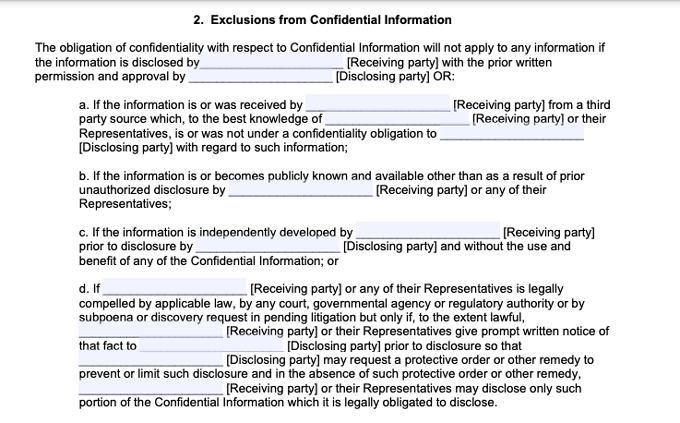 confidential information clause" width="680" height="423" />
confidential information clause" width="680" height="423" />
The bulk of your NDA will comprise Non-Disclosure Obligations, which outline the Receiving Party’s obligations to the Disclosing Party’s information.
Rather than being a single clause, this section will likely comprise multiple clauses that detail various obligations.
This section will start with a clause, like the one below, which states the Receiving Party’s general obligation to keep the confidential information quiet.
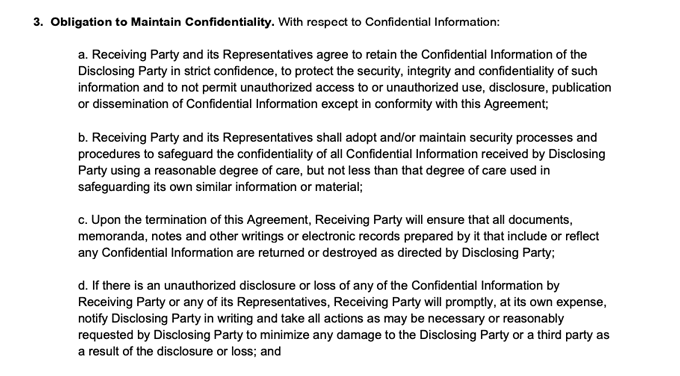
Depending on your needs, you can add additional clauses to this section of your NDA. Here are some other provisions you may choose to include in your Non-Disclosure Obligations section:
1. Non-Disclosure of Transaction: the Receiving Party promises not to let others know that:
2. Non-Solicitation: either party may prevent the other from soliciting or offering employment to the other party’s employees or diverting business from the other party.
3. Non-compete: Parties agree not to engage in business activities directly competing with the other party. Many companies have partners and employees sign NDAs and non-compete agreements separately.
The Final Rule, effective September 4, 2024, prohibits an employer from entering into a non-compete clause with an employee or independent contractor. Employers are allowed to maintain existing non-compete agreements with senior executives (with over $151,164 annual compensation and in a policy-making business position) but are prohibited from entering into a non-compete clause with a senior executive after the Effective Date of the Final Rule.
4. Non-Circumvention: if the Disclosing Party shares business contacts, a non-circumvention clause prevents the Receiving Party from bypassing the agreement and directly doing business or engaging with those contacts.
In the NDA sample below, you can see how these clauses may look in an agreement:
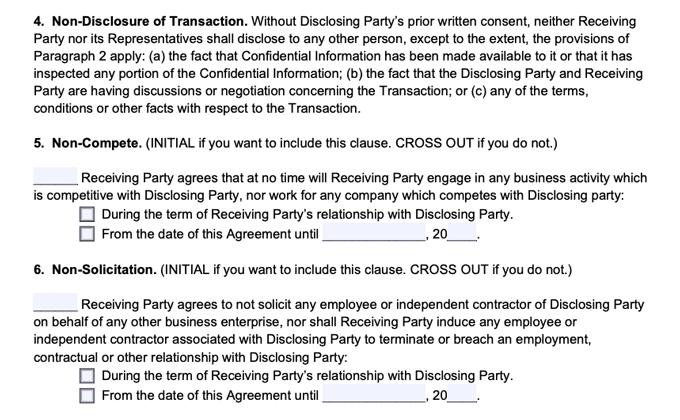
The NDA should explicitly state how long it remains in effect. The Time Frame includes when the promise to keep confidential information secret begins (the “Effective Date“) and the duration in which the protected information must not be shared with others (the “Disclosure Period“).
Usually, the Parties agree to when the term of the agreement will end (known as the “Termination” provision). For example, the Non-Disclosure Agreement could terminate when:
The Jurisdiction clause establishes which state’s laws govern the Confidentiality Agreement. Suppose confidential information is leaked or inappropriately used by one party, and a lawsuit ensues. In that case, the laws of the agreed-upon state will apply, and any trials or hearings will occur there.
Ensure your NDA template follows state laws, and you’ll avoid problems later.
Finally, your NDA needs to include the signatures of all Parties and their Representatives.
Representatives are other people (i.e., directors, officers, employees, agents, or advisors) who may share, receive, or protect the information in pursuit of the Transaction specified in the NDA.
Here’s an example of the Disclosing Party’s signature section:
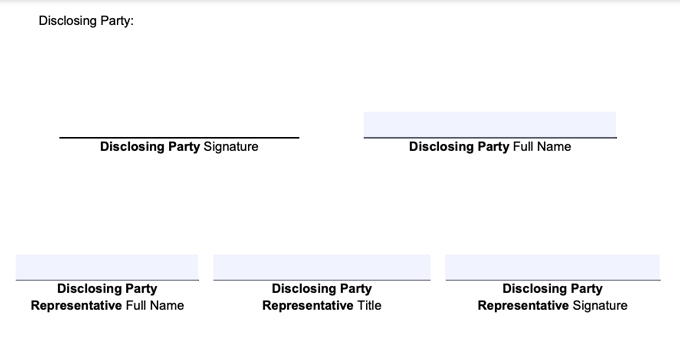
Directly below this is the Receiving Party’s signature section, which is identical.
Every NDA will look different depending on the nature of the transaction, relationship, and information being specified. There are additional clauses you may choose to include in your Confidentiality Agreement:
You don’t need a lawyer to complete an NDA agreement template, but working with an attorney can help. If you have questions about adjusting or adding to your NDA, consulting a lawyer will ensure your agreement is legally sound.